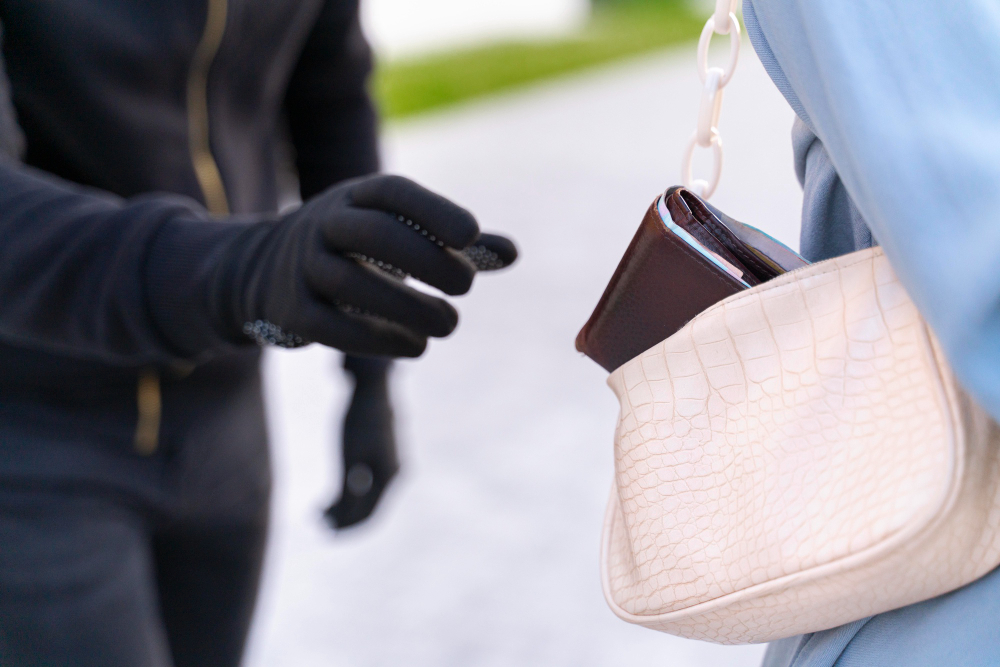Recently, I saw a social media post about a Kenyan media personality who lost their phone at an event and the phone sent photos of the person who allegedly “found” the phone. This triggered me to put together this guide to help others setup similar feature on their devices.
Smartphones carry almost everything about us — messages, photos, bank apps, work files. That makes them a juicy target. The good news: a handful of simple security apps and a few common-sense steps can turn your phone into a trap for would-be snoops and a recovery tool if it’s stolen. This guide explains how intruder-selfie apps work, how to set them up, what to watch out for, and what to do if someone steals or tries to access your phone.
What “intruder selfie” apps do (in plain English)
Apps like Cerberus, CrookCatcher, Lockwatch, WTMP / Who Touched My Phone and others watch for failed unlock attempts. When someone enters the wrong PIN/password/pattern a set number of times, these apps can:
- Take a photo using the front (or rear) camera — an “intruder selfie” or candid camera.
- Grab location data (GPS) so you know where the attempt happened.
- Email or notify you with the photo, time, and location.
- (Some) offer remote actions — sound an alarm, lock the device, show a message on screen, or wipe data remotely.
So if someone tries to unlock your phone, you can get visual evidence and a location trace — which helps identify the person or support a police report.
Which features matter most
When choosing and configuring an app, focus on these core features:
- Intruder selfies — automatic photos on failed attempts.
- Location reporting — GPS coordinates included with the alert.
- Email/SMS alerts — immediate delivery of intrusion info to your inbox.
- Remote controls — ability to lock, alarm, or wipe a lost/stolen device.
- Fail-attempt threshold — choose how many wrong tries trigger the alert (1–5 is common).
- Stealth operation — app should run silently in background and not be easy to uninstall.
- Low battery & privacy settings — app shouldn’t kill your battery or keep private images insecurely.
Quick setup checklist (Android & iOS basics)
Note: exact steps vary by app and OS version. Use these as a general checklist.
- Install a reputable app
- Android examples: Cerberus, CrookCatcher, Lockwatch, Third Eye.
- iOS example: WTMP / Who Touched My Phone (iOS has stricter background permissions).
- Grant required permissions
- Camera (to take photos), Location (to attach GPS), Notifications, and optionally Device Administrator (Android) for remote lock/wipe.
- Only grant permissions to apps you trust.
- Set the trigger
- Configure how many failed unlock attempts cause a photo and alert (2–3 is common).
- Set alert destination
- Enter your email (or backup email) to receive intruder reports. Prefer an email you can access from another device.
- Enable remote features
- If available, enable remote lock, alarm and locate. Consider remote wipe only as a last resort (you’ll lose data).
- Test it
- Do a dry run: enter the wrong PIN the configured number of times and confirm you get the photo + location delivered.
- Secure the app itself
- If the app supports a separate app password or PIN, enable it so a thief can’t uninstall or disable it easily.
- Back up important data
- Regular backups (cloud or local) mean you won’t lose crucial info if you remotely wipe your device.
Good practices & tips
- Use a strong lock method. Biometrics + PIN (or a long alphanumeric passcode) is best. Don’t leave your phone unlocked.
- Keep contact info on the lock screen. Add an emergency contact or “If found, call…” so honest finders can return it.
- Set a low failure threshold—but not too low. One wrong attempt may be accidental (kids, partners); two or three is a reasonable balance.
- Use Find My Device / Find My iPhone too. Those official services offer remote locate, lock, and wipe and should run alongside intruder apps.
- Don’t rely only on photos. Intruder selfies are helpful, but combine them with location history and remote tracking.
- Keep apps updated. Security patches and bug fixes matter.
- Use separate email for alerts if possible. If the thief accesses the phone, they may open your main email. A secondary account reduces risk.
- Watch battery & permissions. If an app drains battery or requests unrelated permissions, reconsider it.
Privacy & legal considerations
- Respect privacy laws. In many places, taking photos in public is allowed, but laws about recording people vary. Use these features only on your own device for security.
- Protect the photos you receive. Intruder selfies can contain sensitive images; store them securely and don’t share unnecessarily.
- Be careful with remote wipe. Wiping will remove evidence — if you plan to involve the police, consider preserving evidence first (photos, location logs).
If your phone is stolen — step-by-step
- Don’t chase the thief. Your safety is worth more than the device.
- Use location features immediately. Check your intruder alert email, Find My Device (Android) or Find My iPhone (iOS). Note the last known location and timestamp.
- Call your carrier. Report the SIM as stolen and request suspension to prevent fraud.
- Change critical passwords. Email, banking, social media — do this from another safe device.
- Report to the police. Provide intruder selfies, timestamps, and GPS coordinates as evidence.
- Decide on remote actions. If recovery looks unlikely, perform a remote lock or remote wipe to protect data.
- Monitor accounts for misuse. Watch bank accounts, emails and connected services for suspicious activity.
Example of an intruder alert email (what to expect)
- Subject: Intruder Alert — Wrong unlock attempts on [Your Device]
- Time: 2025-10-06 14:23:05
- Photo: (attached image from front camera)
- Location: 1.2921° S, 36.8219° E (Nairobi)
- Failed attempts: 3
- Device name: Bernard’s Pixel 5
This gives you enough info to identify and timestamp the attempt — useful for police reports.
Limitations & what these apps won’t do
- They may fail if the thief disables the camera/permissions, boots the phone into safe mode, or removes the SIM and powers the phone off.
- iOS restricts background camera usage more than Android; features may be limited or require manual triggers.
- Photos may be poor (dark, blurry, back-of-head shots). Still, any identifying detail helps.
Quick checklist you can copy
- Install an intruder selfie app (Cerberus / CrookCatcher / Lockwatch / WTMP).
- Grant camera & location permissions; enable device admin if offered.
- Configure failed-attempt threshold (2–3).
- Set alert email (use a backup account if possible).
- Enable remote locate/lock/wipe.
- Test the system.
- Back up your data regularly.
Final words
Intruder-selfie apps are a simple, powerful layer in a broader phone-security strategy. They won’t stop a determined thief, but they help you identify, track, and respond — and they give police real evidence. Combine one of these apps with a strong lock code, cloud backups, and the official Find My services and you’ll be far better protected.
Disclaimer: Please note I have not tested any of the apps mentioned in this article. My opinion is based on their description and user reviews.




